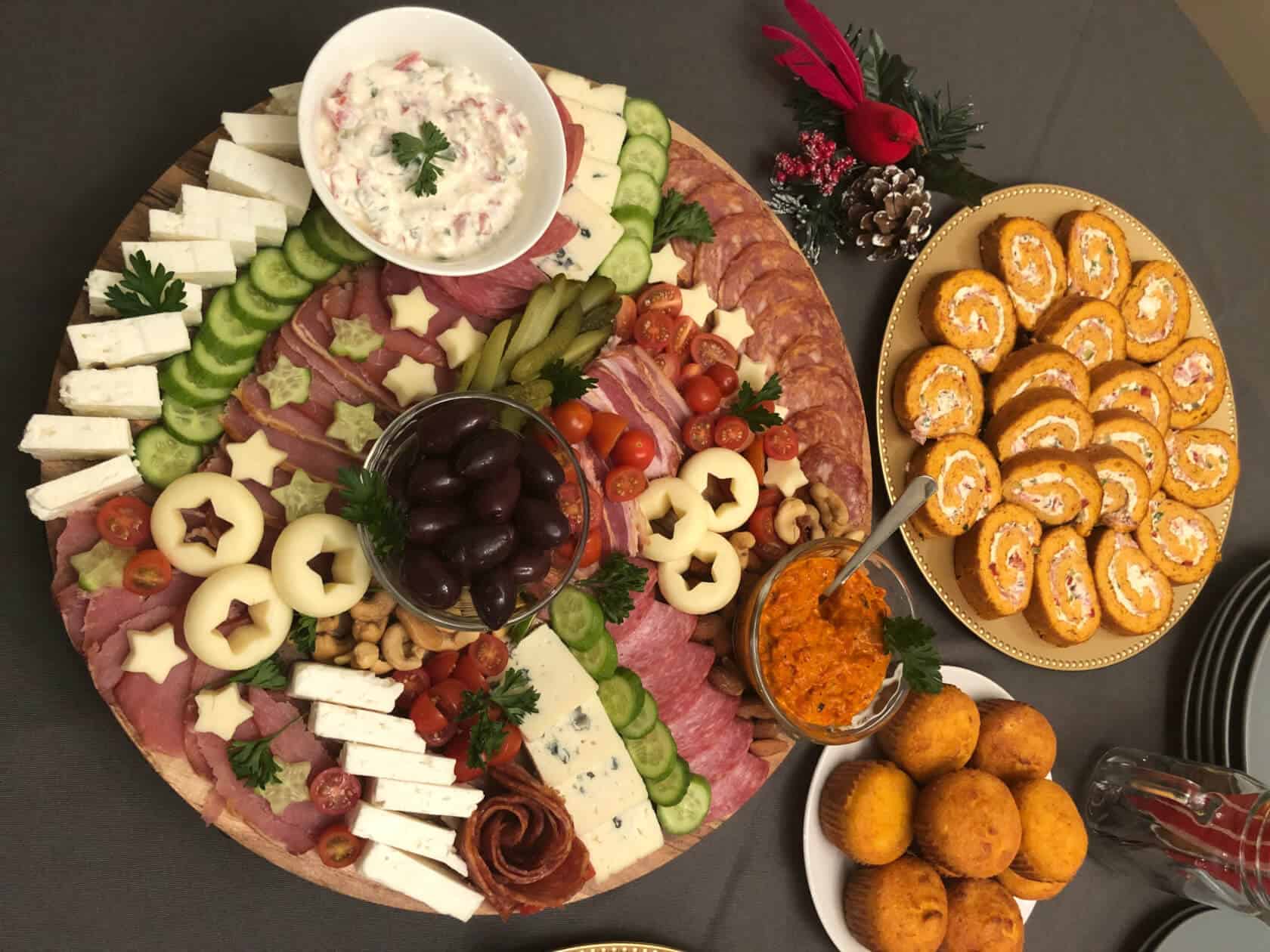The Balkan region has a rich and long running heritage, but have you ever heard of this custom authentic only to Serbia?
If you have any Serbian friends or relatives, chances are they’ve already told you all about slava. However, in case you’ve never heard of it before, get ready to familiarise yourself with one of the most beloved traditions coming directly from the Western Balkans.
Starting in early autumn and ending in late spring – slava season is upon us. This national custom closely linked to religion is the third biggest holiday in this part of the world, directly following Orthodox Easter and Christmas. Slava is an annual celebration, specific to every family, during which you gather the people you are closest to in order to celebrate your patron saint on their feast day.
This makes slava somewhat of an interesting occurence. While it’s a natonwide tradition, it’s still specific to every family unit who participates in it, with more than two dozen different saints who’re beloved and glorified all around the country. It’s so important to Serbian culture in fact, that you can even find it on the National register’s list of Intangible cultural heritage of Serbia. Since 2014, it’s been on UNESCO’s representative list for all of mankind as well.
Even though it’s an event tightly nit to the church, it’s roots go even deeper, having originated as a pagan custom that would be Christianized only later in the 9th century. Around that time, this European area was spiritually highly dominated by the old Slavic cult of ancestry. It’s no wonder then that a custom celebrating exactly this type of relationship with ones elders would be widely accepted and hard to give up on.
By trying to preserve their sense of belonging and ties to their heritage, whilst also not refusing to give up on their polytheistic beliefs, during the rise of Christianity in the Balkans in the early Middle Ages, these people held on to their most important deities. Having simply replaced their pagan patrons with their Orthodox equivalents, twelve centuries later the tradition of slava is still a great cultural presence in the lives of many Serbs.
The saints celebrated by the biggest numer of families are Saint Nicholas (December 19th), the Archangel Michael (November 21st), Saint John the Baptist (January 20th), Saint George (May 6th) and Saint Paraskeva of the Balkans (October 27th). However, it’s not only private individuals who participate in these holidays. Even cities, towns and villages mark the days of their patrons, as well as companies, institutions, schools and communities as a whole.
It shouldn’t surprise us then that there are many different approaches when it comes to the specific rituals connected to slavas. While every celebration of this type must have two key components – the preparation of the festive bread and the bowl of grain – there is almost an uncountable number of interpretations when it comes to some of the other customs. Depending on region and local traditions, you’ll hardly be able to find two identical slavas. Even so, this is what they mostly look like.
In a lot of places it’s common for the priest to come to each family’s house beforehand in order to holy the water later used for the making bread loaf. After the water has been purified, the priest lightly sprays all the members of the household with a branch of basil dipped into it, especially the youths, for good fortune and health.
The festive loaf of bread is being prepared from pure wheat flour and yeast mixed with holy water. The bread is round shaped and carefully decorated with different symbols kneaded from the dough. A bird represents health and happiness, grapes represent a good harvest, a barrel is the symbol of wealth, whereas a book stands for knowledge and learning, usually put on the cake if there are any students or school children in the family. This makes for a beautiful and intricately designed pastry unique to every family.
The second most important part of every slava is grain. After cooking the wheat and adding walnuts, nutmeg, honey and cloves to it, this very authentic dish is later on served to every guest coming to the house once the holiday begins. Once you greet your friends and relatives at the door, the first thing you do is offer them a glass of water and a bite of wheat.
Before all this, however, the wheat, together with the bread, has to be brought to the church on the day of the saint by the whole family. There, a priest holds a special prayer, after which he pours wine on the grain and bread, later breaking the loaf in half in order to be served during dinner.
When it comes to food, preparations most likely begin days in advance. This is a big feast that for some Serbians has to host up to 50 people, so starting the day before isn’t going to cut it. You’ll need enough time to get your house clean, buy the groceries and prepare an elaborate traditonal menu which is the trademark of every slava.
The hors d’oeuvre, in Serbia known as meze, is often a fan favorite. This is where you get to carefully arrange your appetizer plates with meats, cheeses, boiled eggs, different kind of braed and salads (with the famous Russian salad as a staple). Each guest also takes a piece of the slava loaf, as this pastry is a symbol of the family, unity, ancestry and good fortune.
Once the first course is done, it’s usually followed by a vegetable and meat stew, after which there are two main courses – sarma (cabbage leaves stuffed with rice and ground beef) and pečenje (lamb or pork roast). In the end, after everyone is full to the brink, it’s time for pastries.
Dessert is where you get to be creative. Slavas are known for their different assortment of cakes, cookies and pastries served to help you calm your sugar cravings. It’s not uncommon to see eight, nine or ten different types of homemade sweets on the table, with raffaellos, bajaderas and oblande being the most popular.
Two additional components that are very important for every slava are the burning of the candle and serving of the wine. Every household buys its own big candle imprintet with an icon of the saint, which has to burn throughout the entire holiday. While the canlde is linked to the patron, it’s also a symbol for the deceased members of the family and a way to honour ancestors – which, to its core, is the actual point of the custom as a whole.
Red wine, on the other hand, is used in the church during the purificaiton of the bread and wheat, but is also later given to all the guests in the house. This, evidently, ties an originally pagan custom back to Christianity.
With a lot of people having the same patron, it’s not possible to go to every one of your friends and relatives’ slavas in one afternoon. But don’t worry, the Serbians have a system. While each saint only has one official day in the calendar on which they are supposed to be celebrated, a lot of families prolong the occasion for up to three days of food, drinks and good company.
One of the most interesting things avoid this holiday is its hereditary nature. This is why it’s imporant for all the youths in the house to participate in each of the rituals this tradition calls for. By getting familiar with the customs, the food preparation and the way in which the feast is hosted, the younger generations of every family are getting ready to one day take over the holiday and host it instead of their parents and grandparents.
In a way, this once again ties into the importance of family and ancestry in Serbian culture. By celebrating your patron saint, you are also gathering with your loved ones and remembering your elders. While slavas are still formally rooted in religion, they are more often than not about exactly about this sense of community and connection with the people closest to you. Celebrating slava tightens your relationship to your heritage and Slavic identity, which is exactly why these holidays have managed to survive for more than a thousand years.
Picture: Shutterstock / ID: 1893204958
Traveling? Read about your next adventure.
Support us!
All your donations will be used to pay the magazine’s journalists and to support the ongoing costs of maintaining the site.
Share this post
Interested in co-operating with us?
We are open to co-operation from writers and businesses alike. You can reach us on our email at cooperations@youthtimemag.com/magazine@youthtimemag.com and we will get back to you as quick as we can.










